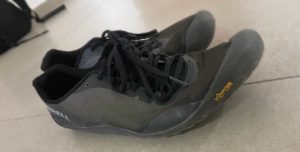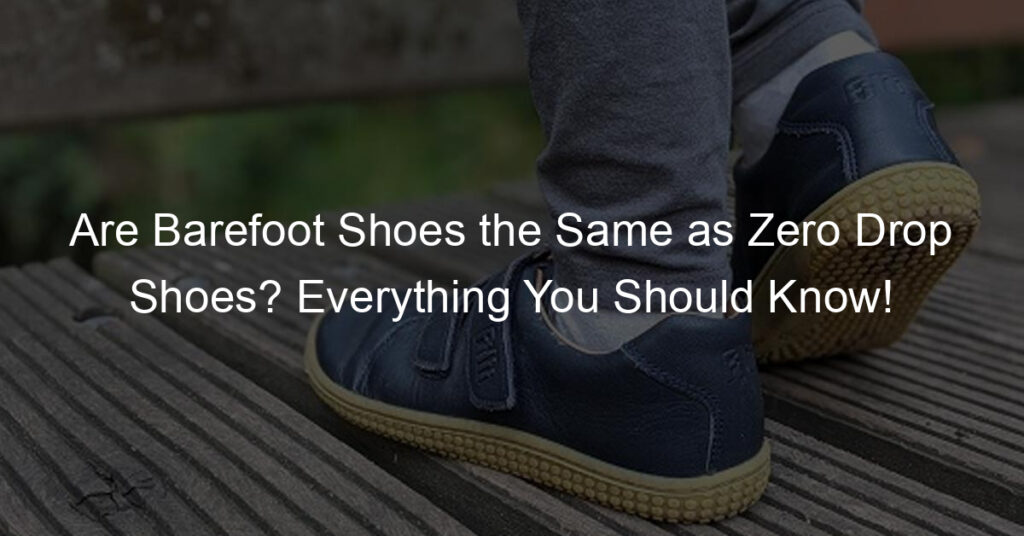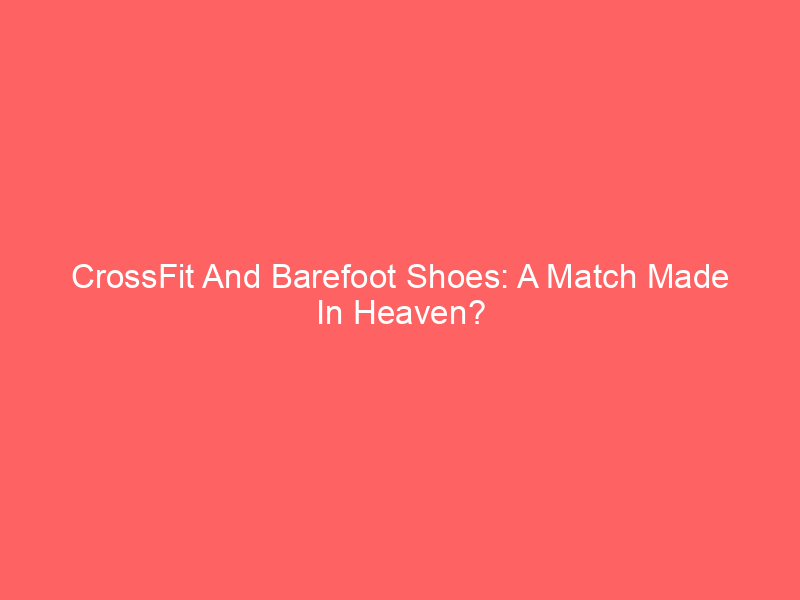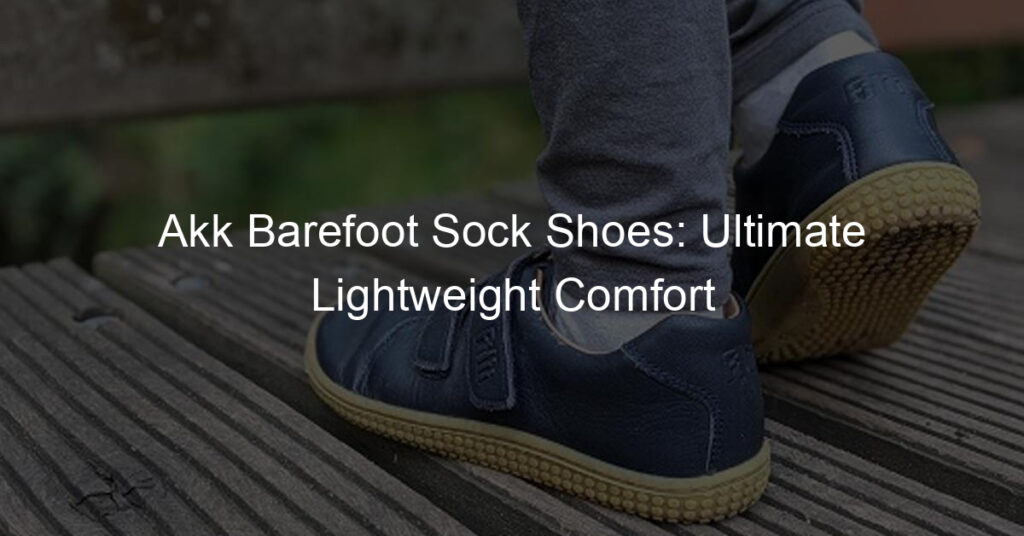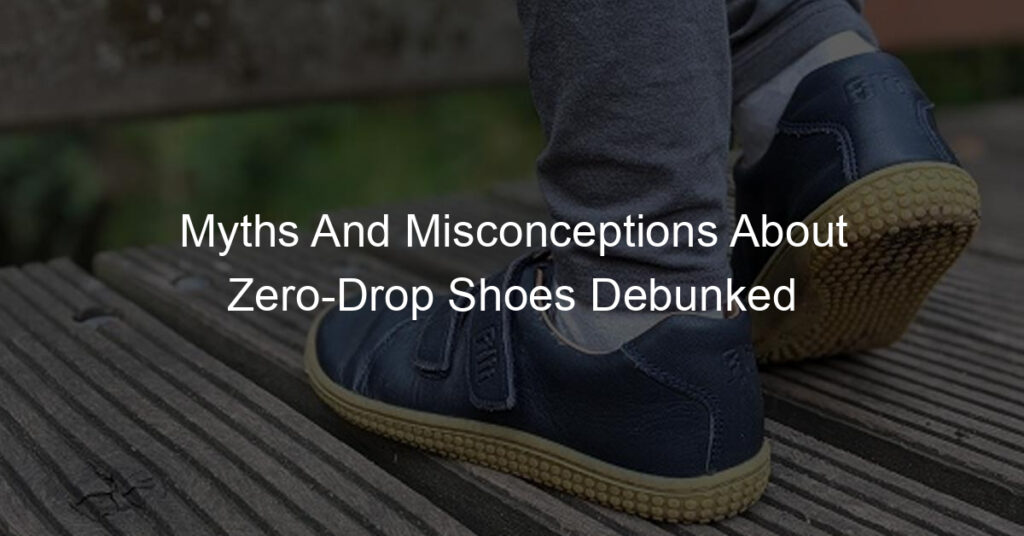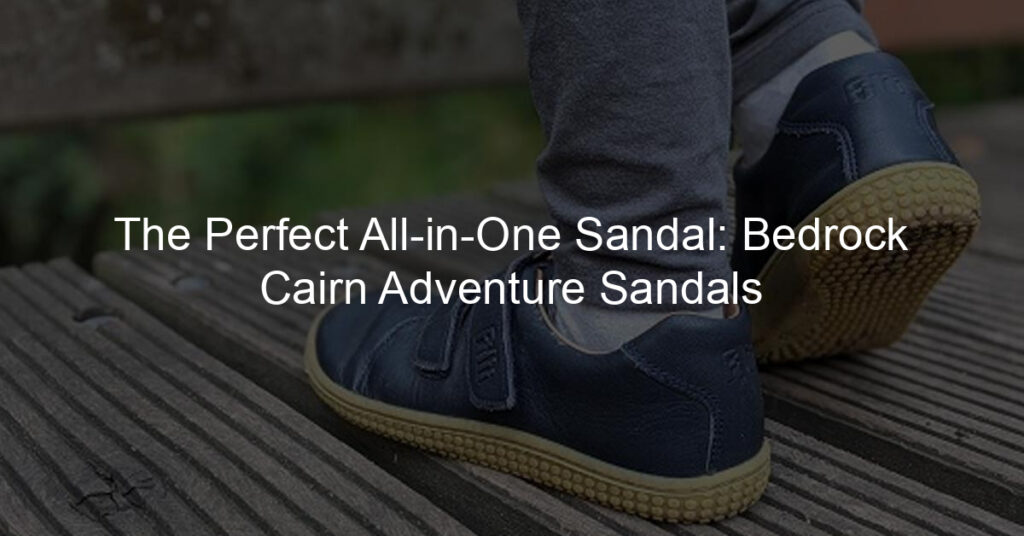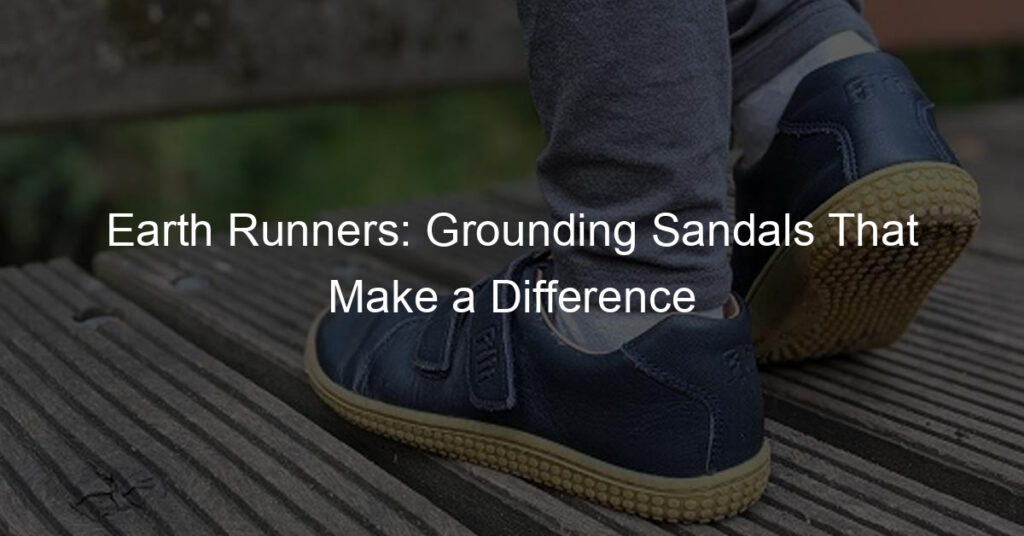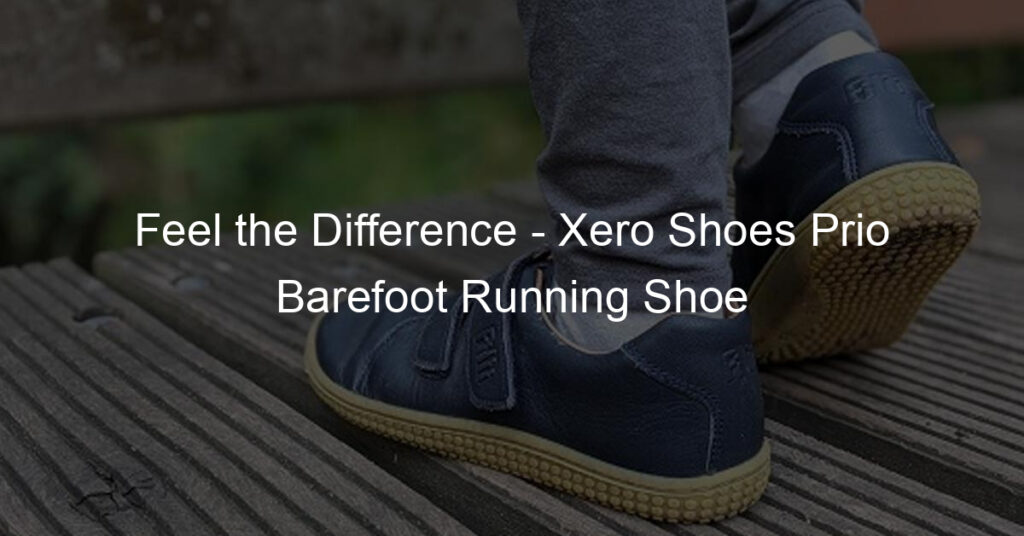Barefoot Shoes vs. Zero Drop: What you should know?
People have been wearing shoes for thousands of years, and they’ve come a long way in that time. Most people can’t go without them. There are even different types of shoes depending on their use and the occasion.
For example, there are high heels for special occasions or dancing, sandals for lounging around on the grass, and sneakers for casual wear. The type of shoe you choose to wear will also depend on where you live and the type of terrain you plan to walk on.
If you’ve ever wondered about the differences between barefoot running footwear and zero-drop models then read on! Many brands are offering both types of minimalist shoes which makes it difficult to know what is best for your needs at any given time.
However, if you keep reading this article then you will get all the necessary details about each one so that you can make an informed choice when shopping for your next pair of minimalist running shoes.
Are Barefoot Shoes the Same as Zero Drop?
As the name suggests, barefoot footwear stands for shoes that are made without any cushioning or padding. This means that you don’t get the extra support and protection from having a shoe with a sole. In contrast, “zero-drop”, has an elevated heel so your foot is still in contact with the ground even when your heel is lifted off the ground.
With these types of models, it’s more likely that you will experience an injury because you are forced to land on your heel rather than on your forefoot which is more used to landing on. Barefoot shoes have been around for decades and have become popular over the past few years as they offer many health benefits such as reducing impact injuries and improving mobility.
These shoes can be beneficial for those interested in walking, running, or other activities that require increased mobility and lower impact injuries.
What Are Barefoot Shoes?
Barefoot shoes have a flexible sole but don’t have any hard soles. Instead, the sole is made of some type of flexible material which allows your foot to bend and flex without causing pressure points. With this type of shoe, you can go for runs barefoot and even walk around in them without any pain. The wide toe box is another feature that allows your toes to splay out which is important for balance and stability.
What Are Zeop Drop Shoes?
When it comes to finding the best minimalist running footwear, you’ll notice that there is no “one true type” of the shoe. The difference between these shoes is the height they are designed to leave the ground.
Zero-drop models typically have a heel cup that raises a few inches off the ground, which means they can still give your feet a little bit of protection while allowing your toes to spread out. Barefoot models, on the other hand, will leave your foot entirely out in the open and come with a thick sole to get more traction as you run or walk around.
What Is the Difference Between Zero Drop Shoes to Barefoot Shoes?
The main difference between the two is that a zero-drop shoe has a flat and stable platform, while barefoot shoes will have flexible soles so that your foot will feel more natural when you run or walk. Since zero-drop shoes are considered to be less stable than barefoot shoes, you can use them for those who already have some training and experience with running.
For example, if you’re looking for minimalist running shoes for beginners, then a barefoot shoe would be an ideal choice as it provides more stability. However, some people still prefer to train and run in minimalist footwear, and they choose to wear a pair of low-profile running shoes.
Choosing that gives just enough stability to keep the foot safe during practice runs but not too much so that it becomes too difficult. These types of footwear usually have 4mm heels which make them perfect for runners who want to get back into training after an injury or other health issue.
How to Get Started With Barefoot Shoes?
If you’ve never worn a pair of minimalist running shoes before, it can be a bit tricky to get started. But, don’t worry, take a deep breath and read on! The first thing you should do is find out what type of minimalist shoes you want to buy.
The two main types are zero-drop and traditional barefoot models. flat-drop shoes are the most popular option as they offer very little arch support. You can also purchase these shoes with varying cushioning levels depending on your needs for comfort.
Traditional barefoot models are a more expensive option, as they provide all the benefits of the zero-drop models with extra support for the foot and heel area. They have an ankle collar that wraps around the foot and provides a strong hold.
These shoes usually have some arch support, which can vary in style from low-profile designs to fully enclosed ones. There are also other styles available like unconventional styles like clogs or canvas kicks that combine traditional shoe features into more barefoot designs.
If you just want to give these styles a try then there is an easy way to do so without buying expensive new shoes! Just wear old sneakers or any other type of shoe with straps attached to them over your normal running shoe or boots – if your strap fits well then it will help walk and run in this unorthodox style without slipping off easily!
When Can You Wear Zero-Drop Shoes?
The first question that you’ll want to ask yourself is whether or not you should be walking on a road or pavement. If you are, then zero-drop shoes will provide the best protection for your feet. The other thing you need to consider is the type of terrain you’ll be walking on.
Even if the terrain is flat, there may be some uneven surfaces that require a slightly higher heel height than others. In general, you can wear these shoes when it comes to walking on concrete, asphalt, or sand. Another condition where these shoes are a great option is if you plan on doing any light jogging and running.
There are also many brands such as Asics and New Balance that have designed zero-drop footwear specifically for this purpose. Barefoot everyday sneakers and minimal running footwear were originally developed by barefoot runners for increased safety and performance in running and training.
These shoes typically have a slightly higher heel than flat-drop models because they were originally designed with different ground conditions in mind such as soft dirt, sand, or gravel in mind as opposed to asphalt or concrete.
However, over time minimal running has become more popularized so barefoot footwear now includes models with similar features to those found on zero-drop models like cushioning soles and strong outsoles from Adidas and Nike respectively.
What Are the Risks of Zero-Drop Shoes?
These shoes are popular among runners because they allow them to run without extra weight on their feet. However, there is a risk that this shoe can make running more difficult for you. If you don’t become used to the different levels of stability, then you may end up injuring yourself.
Another issue with these shoes is that they only work when the foot is in contact with the ground. This can hinder your speed and increase your chances of injury. If you’re worried about these risks, then consider getting a pair of minimal running shoes instead which will be less risky for your knees and provide more cushioning for your joints.
The problem with these types of running shoes is that they have little or no cushioning and the feet lie directly flat on a flat surface of the shoe.
What Are Zero Drop Shoes Benefits?
The first benefit of these shoes is that they are more stable than traditional running shoes. As we age, our arches start to collapse, a process commonly referred to as “abnormal wear”.
With the support and stability provided by a zero-drop shoe, it’s easier for the body to keep its natural form which will reduce the risk of developing pains associated with abnormal wear. Additionally, because there is less muscle activity in the foot during movement, foot pain and pain in the lower back and neck can be reduced.
Finally, it has been proven that zero-drop shoes encourage better posture and help to improve balance. This is because the body is forced to engage more muscles when walking or running in these shoes. Also, they provide a more efficient stride length and ground contact time which can translate into improved performance.
What are zero-drop running shoes?
There is a lot of confusion when it comes to the terms “barefoot” and “zero/flat-drop,” mainly when used about running shoes. To clear things up, zero-drop simply means that the heel and forefoot are at the same height; there is no raised heel. This can be contrasted with traditional running shoes, which often have a heel that is higher than the forefoot (known as a heel-toe drop).
It’s important to note that not all barefoot footwear is zero-drop. Many barefoot shoes have a small heel-toe drop to provide a bit more cushioning for the Achilles tendon and calf muscles (although this is still less than what you would find in a traditional running shoe).
So, if you’re looking for a true zero drop shoe, you need to make sure that it is specifically labeled as such. However, even if a barefoot shoe has a small heel-toe drop, it will still provide many of the same benefits as true zero-drop footwear, such as improved balance and a more natural stride. These benefits of zero-drop footwear are particularly beneficial for runners because it can help to prevent injuries.
Are Zero-Drop Shoes Right for You?
If you’re looking for a different barefoot running footwear then flat-drop models are perfect. These shoes are designed to replicate barefoot running and make it easier for you to train your body to run without the extra weight of traditional footwear.
If you like going barefoot but don’t want to damage your feet, this is the type of shoe for you. The good news is that these minimalist shoes come in a wide range of styles and colors so you can find one that suits your style.
Are these Shoes Right for You? If you want to start your journey to barefoot-style footwear, you should try them first. After the transition period, you will be able to wear these shoes on the beach or work out at home. You can easily find barefoot models that are a better choice for you.
Barefoot designs aren’t as versatile as zero-drop models, but they do have other benefits worth noting. For example, if you go hiking or rock climbing then wearing sandals will provide more protection than having no footwear at all.
Additionally, if you live in hot climates then barefoot shoes are worth considering because they won’t cause sweaty feet while still providing traction that prevents slipping or injury.
Conclusion
There are a few things you should know before you jump on the minimalist shoe movement. We’ve covered what they are and how to decide if they’re right for you.
